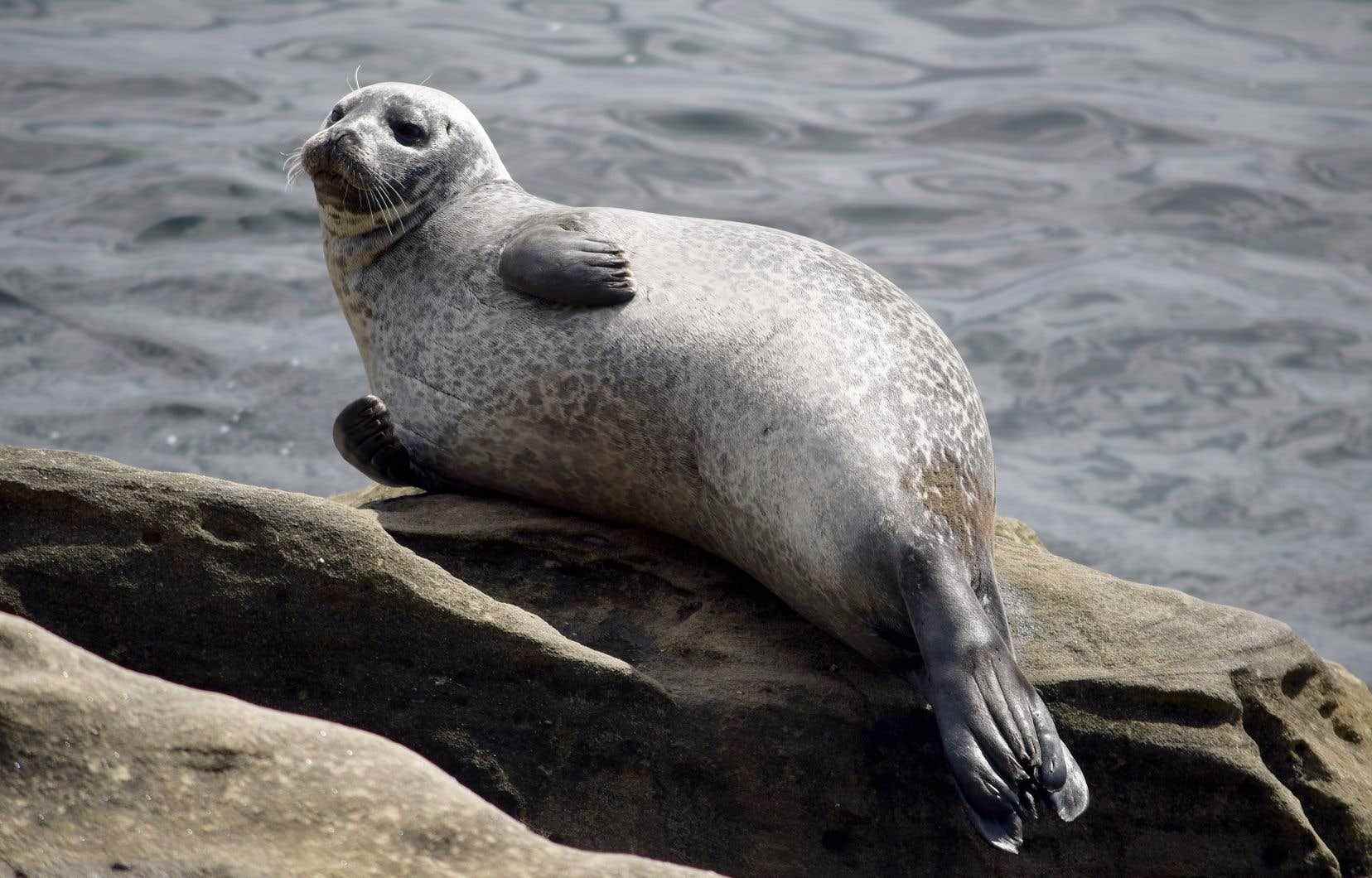The bird flu didn’t just kill thousands of birds in Quebec. It also led to a marked increase in mortalities among harbor seals in the St. Lawrence. The impact that these mortalities will have on the pinniped population remains to be determined.
The Quebec Marine Mammal Emergency Network has identified an unusually high number of dead or sick harbor seals in the St. Lawrence so far this year. A total of 93 carcasses have been found so far, including 73 in June alone.
“In fact, the number of harbor seals found so far this year represents an increase of about eight times the annual average of recent years,” said veterinarian Stéphane Lair, director of the Quebec Center for Wild Animal Health, in a text published Tuesday on the “Healthy Wildlife” blog.
In an attempt to understand this marked increase in deaths, seal carcasses and samples taken in the field were sent for analysis to the regional center for Quebec of the Canadian Wildlife Health Network.
“The results obtained so far indicate that the increase in mortalities observed in these harbor seals would be associated with infections by the highly pathogenic H5N1 avian influenza virus”, writes Dr. Stéphane Lair. These results should be confirmed by Fisheries and Oceans Canada shortly.
“Although the risks of transmission of this influenza virus to humans and domestic animals seem low, it is recommended not to approach, and especially not to touch, a sick or dead seal. We will also prevent contact between our pets and seals or dead birds,” emphasizes Stéphane Lair.
For the moment, the impacts of these mortalities on the population of harbor seals remain to be determined, according to the veterinarian. This species is the only one to remain all year round in the St. Lawrence. It is also the least abundant of the four species that frequent the estuary and the gulf. According to Fisheries and Oceans Canada, there are between 20,000 and 30,000 harbor seals.
Could H5N1 also reach other species of marine mammals, such as the beluga? “It is certain that the transmission probably requires a fairly close contact, so in my opinion it is unlikely. But I think it will be important to watch this closely. We will probably sample the next carcasses, ”explains Mr. Lair.
dead birds
For now, the positive cases in harbor seals all come from the Bas-Saint-Laurent region, a region where several cases of avian flu have been identified in wild birds. This virus has caused the death of thousands of birds of several species in Quebec, including snow geese, Canada geese, common eiders and northern gannets. Several species that feed on dead infected birds, such as turkey vultures, bald eagles, corvids and gulls, have also been affected.
In the Îles-de-la-Madeleine, more than 5,000 bird carcasses have been collected so far, while the period of high tourist traffic is in full swing. The imposing colony of northern gannets on Bonaventure Island, which numbers more than 100,000 individuals, is also affected by avian flu.
According to the Ministère des Forêts, de la Faune et des Parcs, “it must now be considered that the highly pathogenic H5N1 avian influenza virus has spread to all regions of Quebec”. The pan-Canadian website, which monitors the development of avian influenza, also shows that the virus is indeed present on a large scale in Quebec. In particular, cases have been identified in the Montreal region, in Estrie, in Mauricie, in the Quebec region and in Lac-Saint-Jean.
